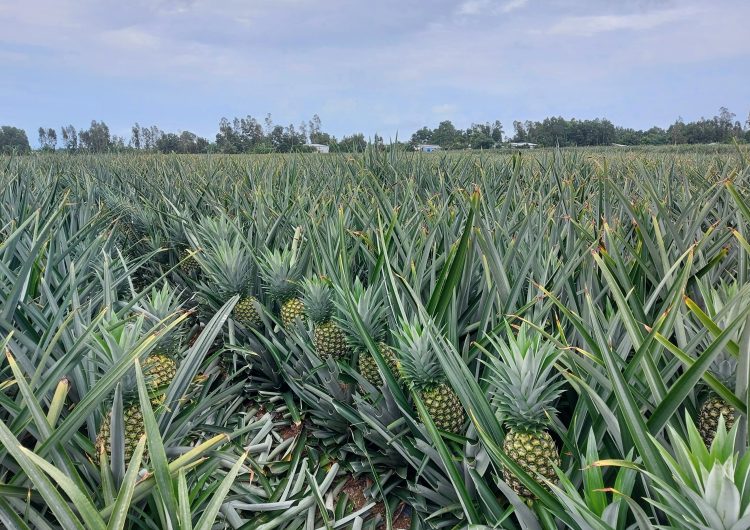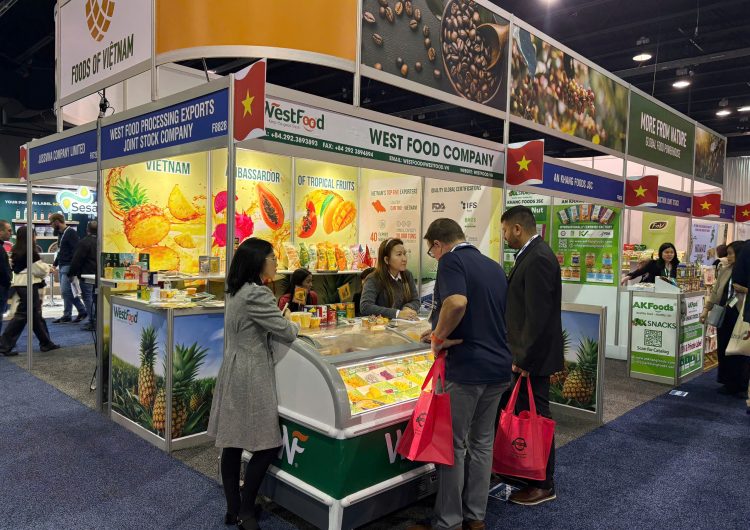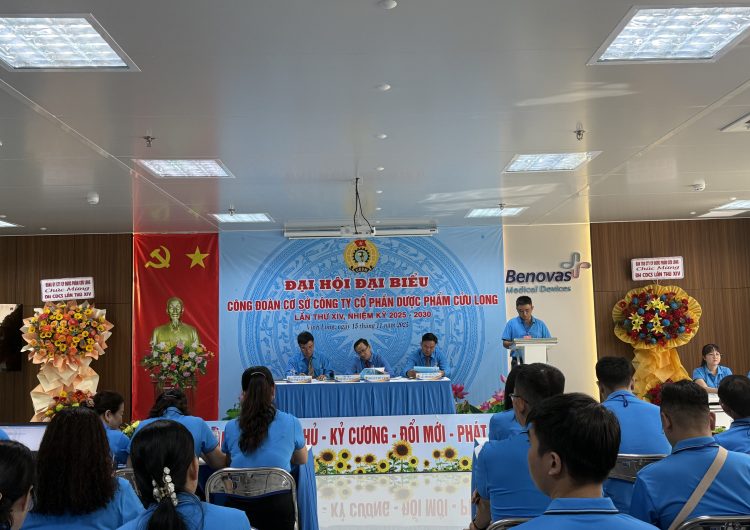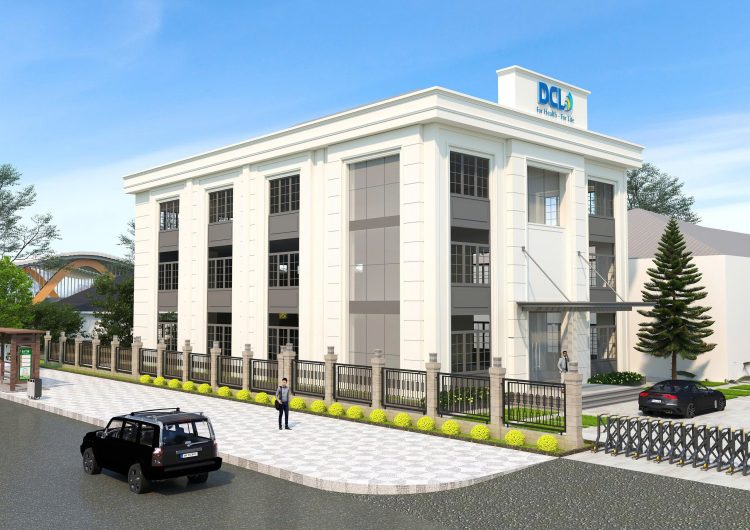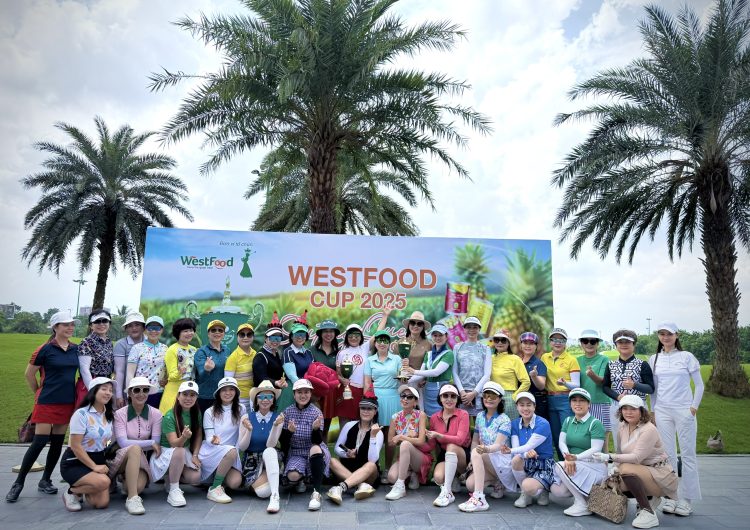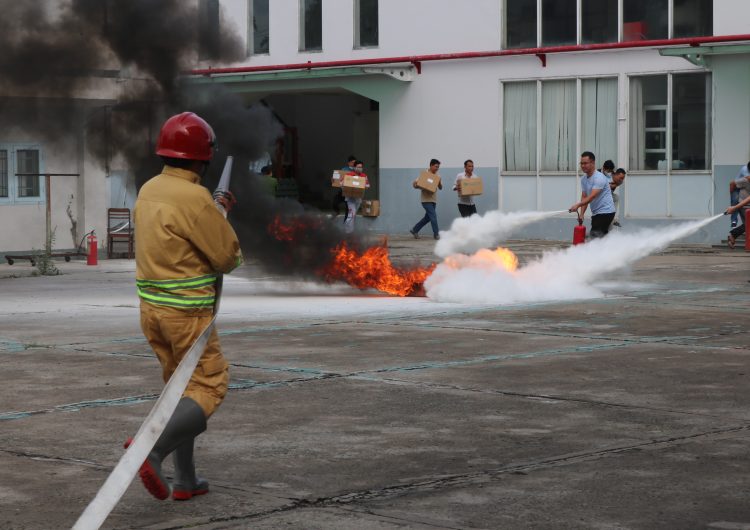While many businesses have a tendency to increase the “room” (limited foreign ownership ratio), Cuu Long Pharmaceuticals Joint Stock Company (DCL code, HOSE) chooses to goes upstream by reducing “room”.
“Faithful” to big investors
Recently, Vietnam Securities Depository (VSD) has announced to adjust the “room” for foreign investors of DCL code of Cuu Long Pharmaceuticals from 49% to 32.57%. Cuu Long Pharmaceuticals’ reducing “room” shows a clear statement of this pharmaceutical company in the commitment to being “loyal” to its foreign strategic partners.

Since becoming a member of the FIT Group, Cuu Long Pharmaceuticals has a clear goal towards a leading pharmaceutical company in Vietnam. Photo: ST
With the sale of convertible bonds to the Rhinos Vietnam Convertible Bond Private Investment Fund, early in 2018, Cuu Long Pharmaceuticals also approved the representative of RAM to participate in its board. In addition, Cuu Long Pharmaceuticals has allowed foreign investors other than RAM to hold more than 25% of voting rights of the company without public offering. This can be considered a good preparation for the next step which is RAM converting the bond into common stock. Previously, in February 2018, Cuu Long Pharmaceutical had finished the issuance of 20 million USD (equivalent to 453 billion VND) of convertible bonds to the international market for its foreign partner, Rhinos Vietnam Convertible Bond Private Investment Fund. This is an investment fund from South Korea managed by Rhinos Asset Management (RAM).
In fact, converting bonds into stocks is not a far too distant future, under the terms of the issue, only one year from the issue date, all or part of the issued bonds will be converted into DCL shares of Cuu Long Pharmaceuticals, with a minimum conversion value of 5 million USD and a maximum of 20 million USD.
According to Mr. Nguyen Van Sang, Chairman of Cuu Long Pharmaceuticals Board, since becoming a member company of FIT Group, Cuu Long Pharmaceuticals has a clear goal towards a leading pharmaceutical company in Vietnam. In particular, the company has and will focus strongly on many large investment projects. One of them is the construction of the third empty capsule factory, with the goal of becoming the largest empty capsule supplier (40%) in Vietnam.
In addition, another project of Cuu Long Pharmaceuticals also in need of large capital is the Benovas cancer drug factory project. This is the first cancer drug production project in Vietnam, deployed in 2017, with a total investment of 1,000 billion VND.
Measuring financial health
The above moves show the apparent direction of Cuu Long Pharmaceuticals in the realization of current ambitions. One of the things that investors are paying attention to is the current financial “health” of this giant, as this is also an important determinant of the possibility of realizing the upcoming goals.
In terms of business results in 2017, Cuu Long Pharmaceutical achieved sales of 775.8 billion VND, up slightly from 768.6 billion VND in 2016. Its after-tax profit came to 74.9 billion VND, down from 90 billion VND in 2016. Cuu Long Pharmaceutical’s profit drop in 2017 is not a surprise, as the company bought Euvipharm Pharmaceutical JSC earlier this year. By June 2017, Euvipharm restored its production and business activities, therefore, the output has not reached the optimal level, leading to high cost of capital cost. In addition, in the year 2017, Cuu Long Pharmaceuticals also had to rebuild the distribution channel for Euvipharm to increase its selling expenses, while sales have not increased correspondingly to offset.
Meanwhile, the size of this business in 2017 has also grown significantly, with total assets increasing from 845 billion VND to 1,221 billion VND (up 44.5%), owner’s equity increased from 656.6 billion VND to 791.8 billion VND (up 20.6%). The increase in total assets over owner’s equity shows that the rate of borrowing is increasing in the structure of assets. The debt payable as at December 31st, 2017 is 429 billion VND, up 1.27 times compared with the previous one year. However, this is still a low rate of debt compared to the general level of the current business, when only 54% more than the equity.
The debt ratio will increase in the reporting period of Q1/2018 after the convertible bonds have been sold to foreign partners, which are accounted for in the financial statements, but this rate is only temporary. By the time of bond conversion, part or all of the bond debt will be converted to equity, depending on the number of bonds that will be carried forward at that time.
Vietnam Investment Review
